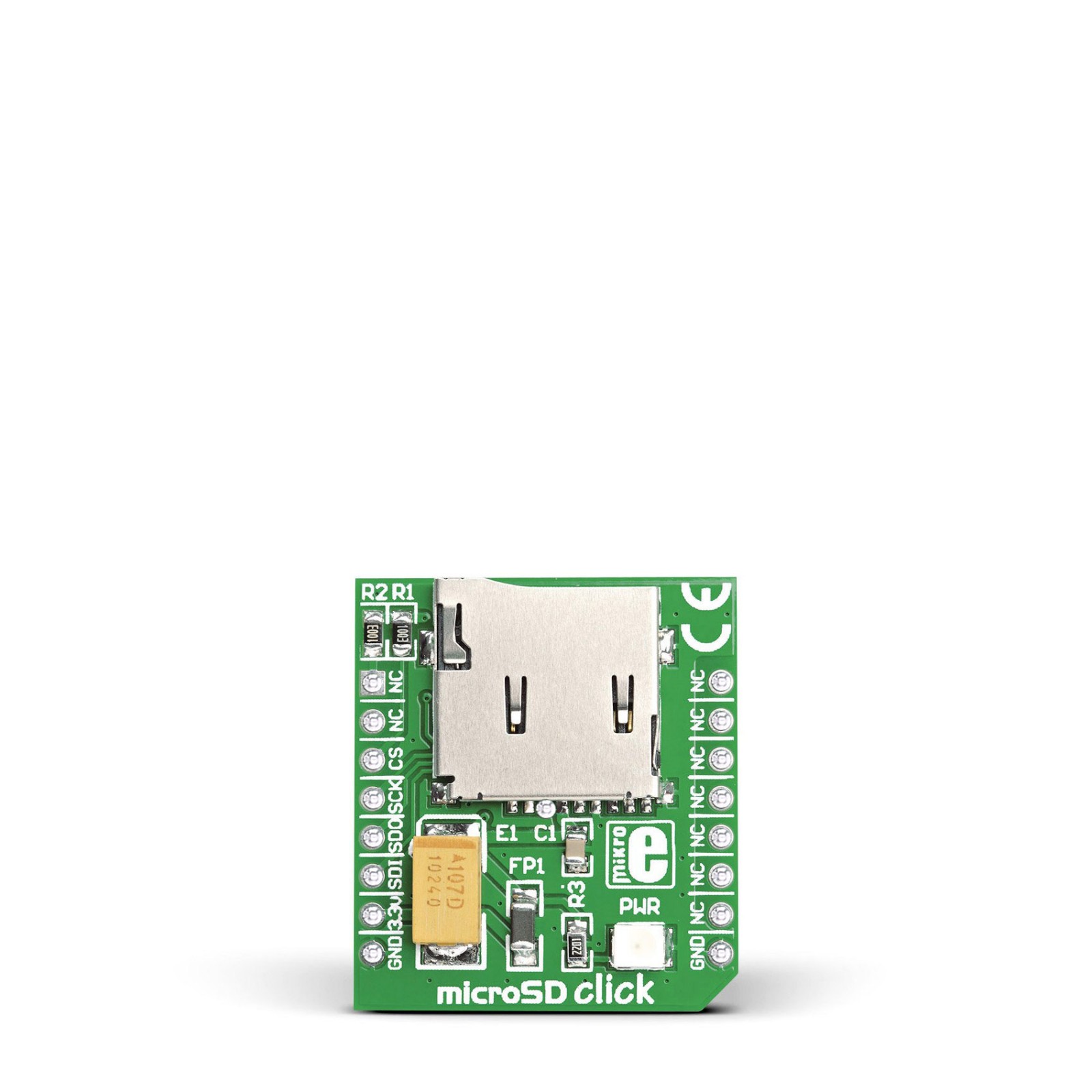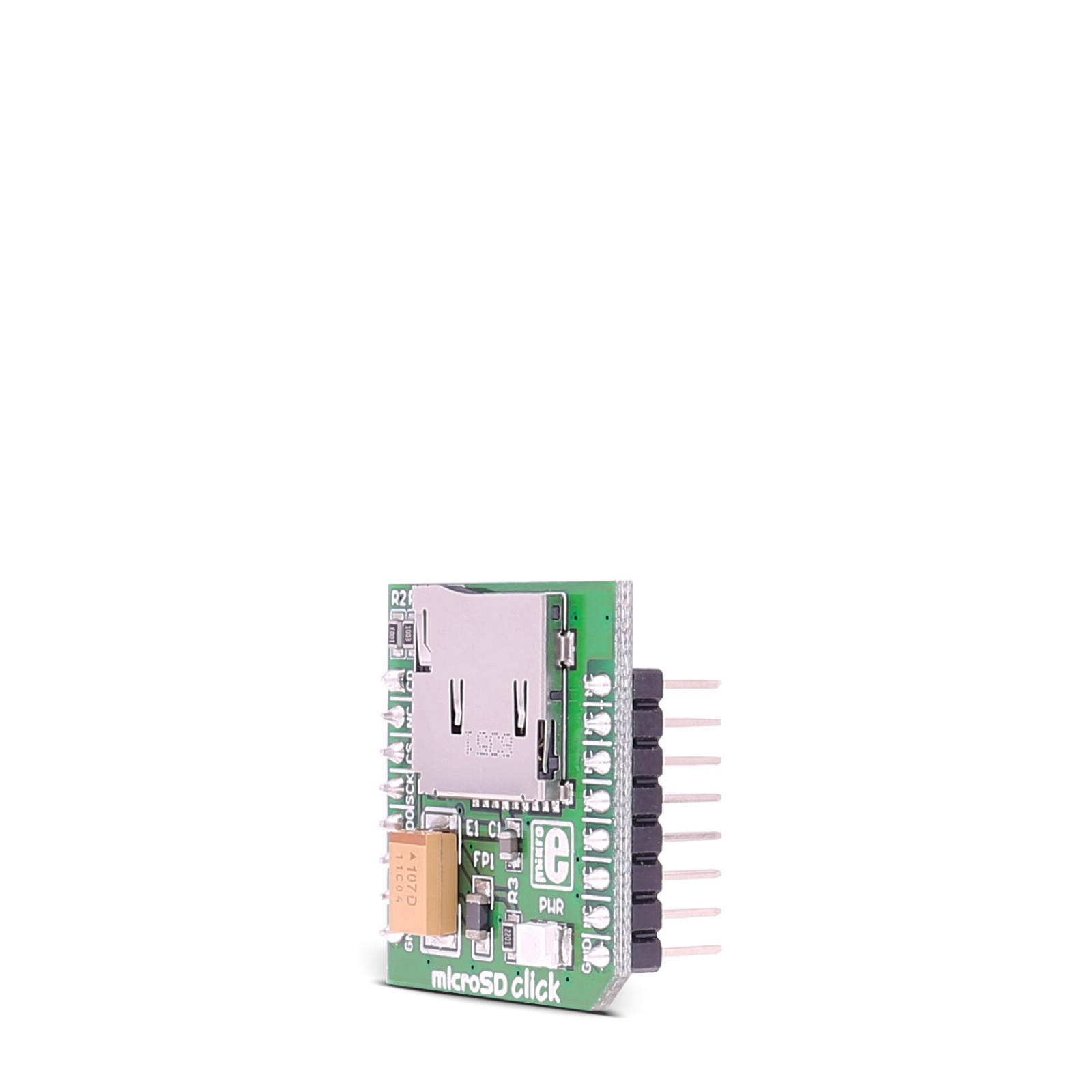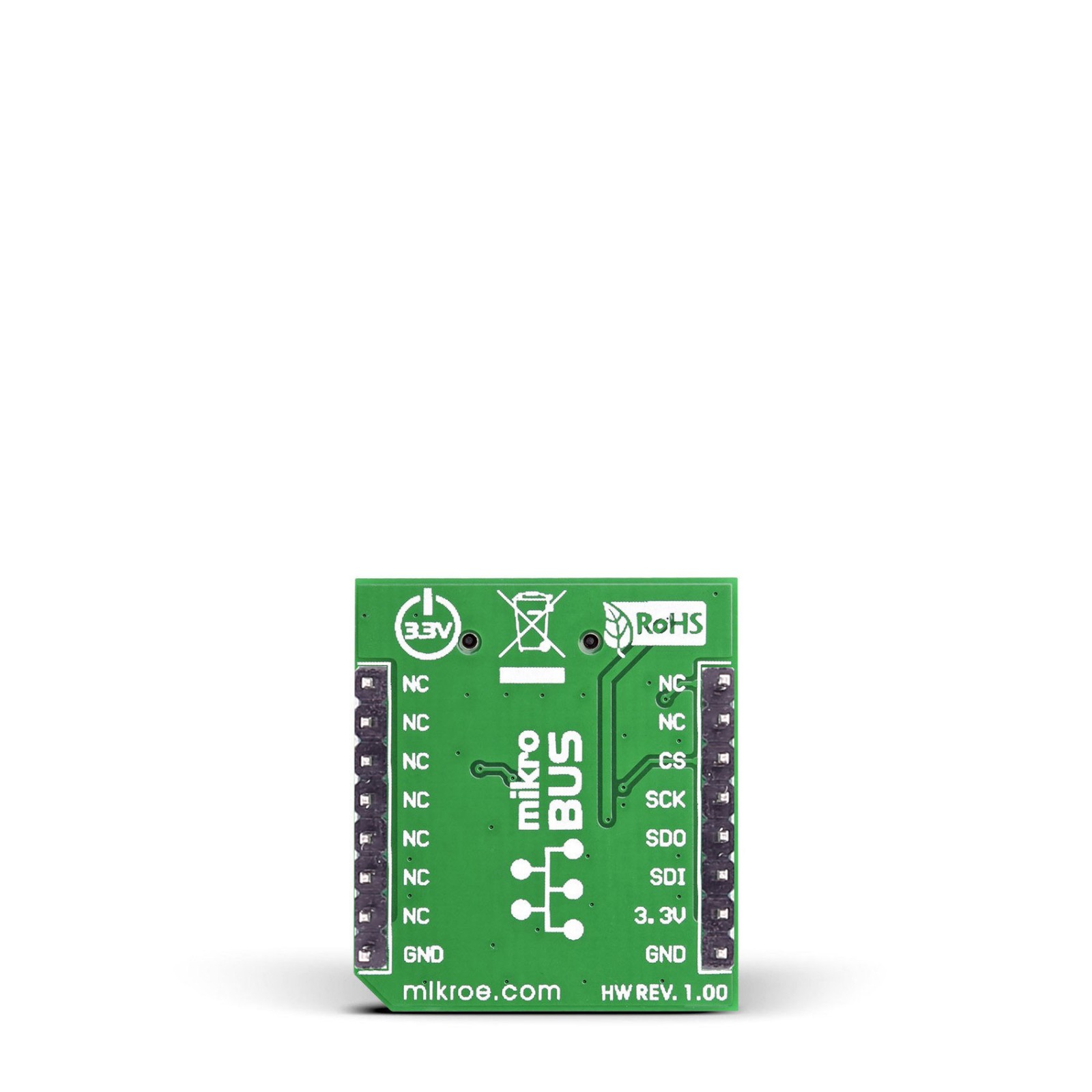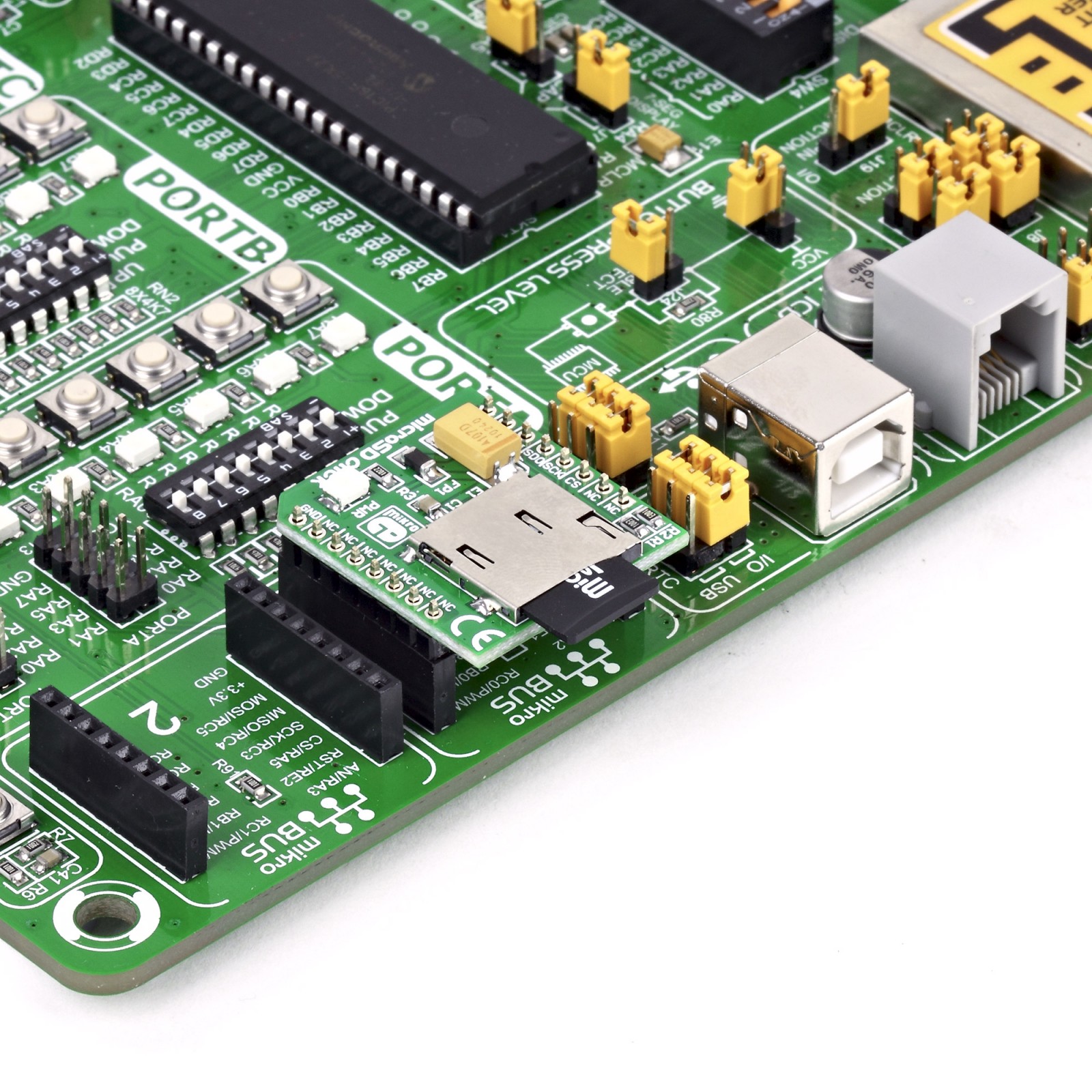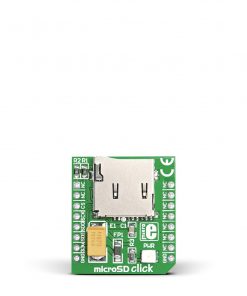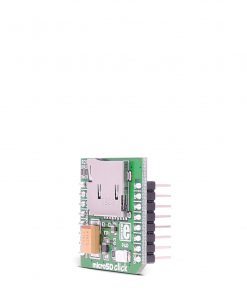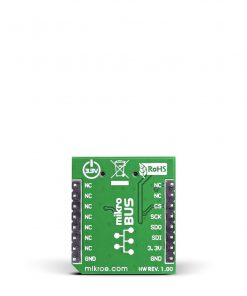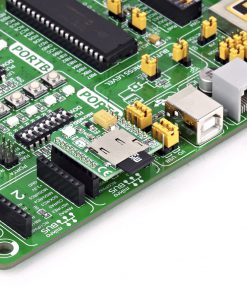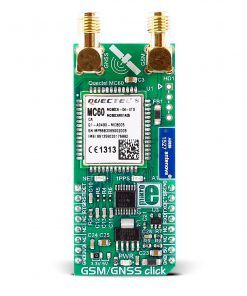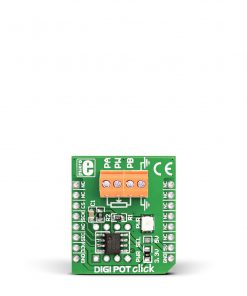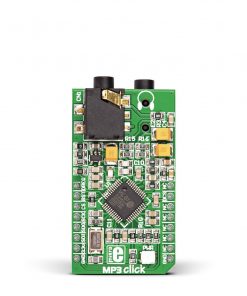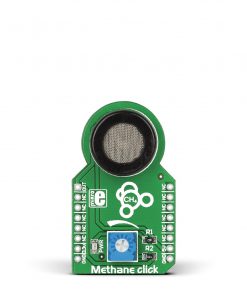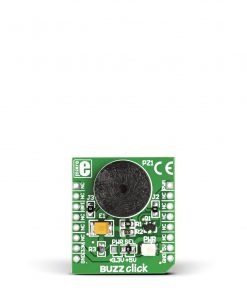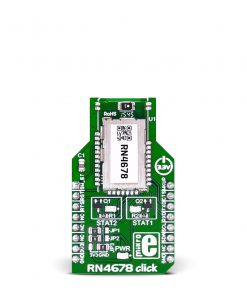microSD Click
R360.00 ex. VAT
microSD Click is a compact add-on board that lets you interface a microSD card with your application. This board features a microSD card slot for microSD cards used as a mass storage medium for portable devices. It is intended for use with standard microSD, removable miniaturized Secure Digital flash memory cards. The other term for those cards is TransFlash or TS cards, which are basically the same, and both can be used with microSD Click. This Click board™ makes the perfect solution for the development of data storage applications, like data-logging or storing music, text files, videos, and more.
microSD Click is supported by a mikroSDK compliant library, which includes functions that simplify software development. This Click board™ comes as a fully tested product, ready to be used on a system equipped with the mikroBUS™ socket.
Stock: Lead-time applicable.
| 5+ | R342.00 |
| 10+ | R324.00 |
| 15+ | R306.00 |
| 20+ | R294.48 |

